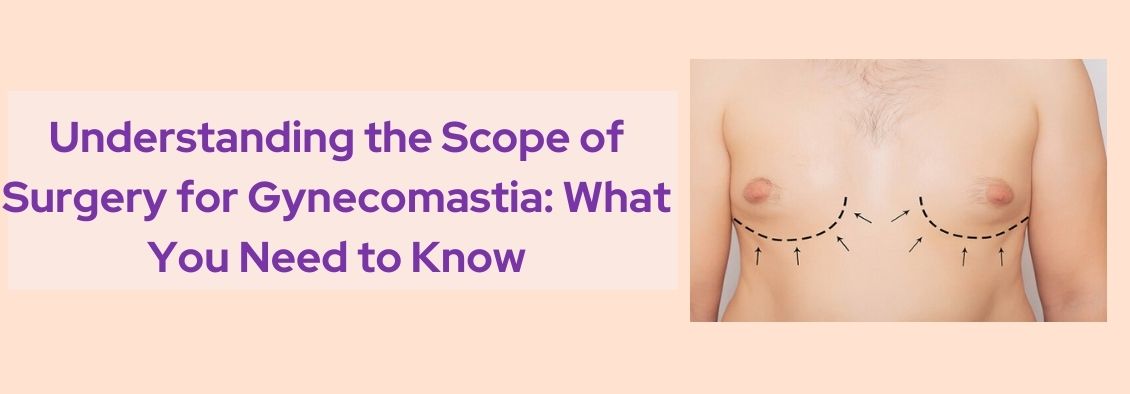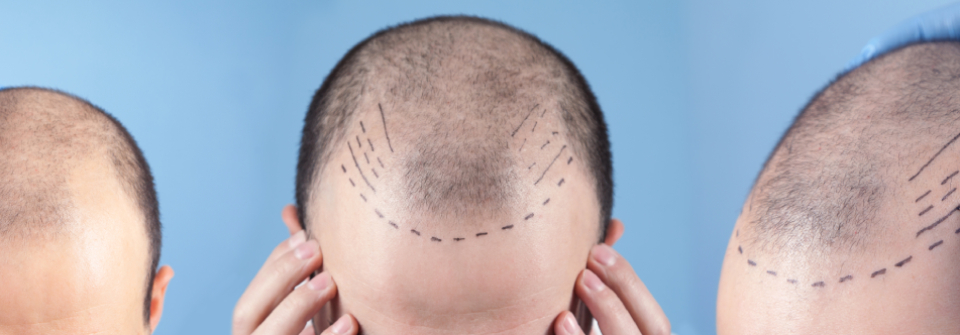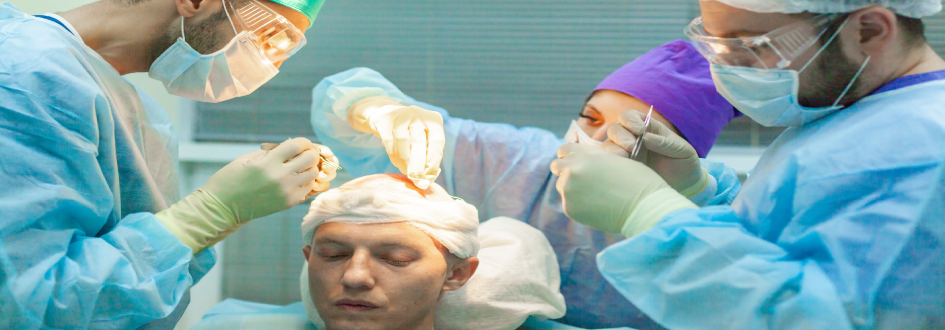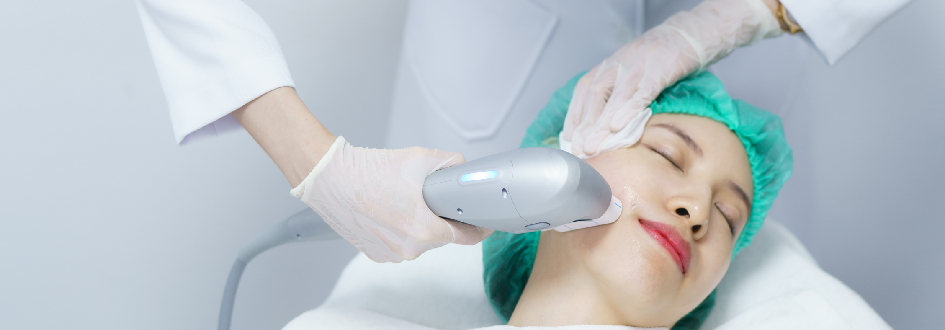
Understanding the Scope of Surgery for Gynecomastia: What You Need to Know
Gynecomastia surgery, a condition characterized by the enlargement of breast tissue in males, is more common than many might think. Though not harmful, gynecomastia can significantly impact one's mental well-being, leading to embarrassment and distress. Dr. Harish, Founder of Livglam Cosmetic Clinic in Bangalore, offers comprehensive insights into the scope and effectiveness of gynecomastia surgery as a viable solution.
Do I Need Gynecomastia Surgery?
Determining whether you need gynecomastia surgery involves recognizing specific symptoms and understanding their implications. You might consider surgery if you experience the following:
1. A lump or fatty tissue in one or both breasts: This lump can often be mistaken for a simple fat deposit, but in gynecomastia, it involves the proliferation of glandular tissue as well.
2. Uneven fullness in either one or both breasts: Asymmetry is a common characteristic, where one breast may appear significantly larger than the other, contributing to discomfort and self-consciousness.
3. Increase in the diameter and puffiness of the areola (the dark skin surrounding the nipples): This symptom often accompanies the enlargement of breast tissue, further altering the chest's appearance.
4. Pain or discomfort in one or both breasts: While not always present, pain or tenderness can be a symptom, indicating inflammation or hormonal fluctuations contributing to tissue growth.
Causes of Gynecomastia
Understanding the underlying causes of gynecomastia is crucial for determining the appropriate treatment. The condition can result from various factors, including:
1. Hormonal Imbalances: Gynecomastia often arises from an imbalance between estrogen and testosterone. Increased estrogen or decreased testosterone levels can lead to breast tissue growth.
2. Medications: Certain medications, including anabolic steroids, antiandrogens, and some antidepressants, can cause gynecomastia as a side effect.
3. Health Conditions: Conditions such as hyperthyroidism, kidney failure, liver disease, and tumors can also contribute to the development of gynecomastia.
4. Substance Use: Alcohol, marijuana, heroin, and other recreational drugs have been linked to gynecomastia.
5. Aging: Hormonal changes associated with aging can lead to gynecomastia, particularly in older men.
Preparing for Surgery
Preparation is essential for ensuring a successful gynecomastia surgery and smooth recovery. Dr. Harish outlines key steps to take before undergoing surgery:
1. Medical Evaluation: A thorough medical evaluation, including blood tests and imaging studies, is necessary to confirm the diagnosis and rule out underlying conditions.
2. Quit Smoking: Smoking can impair healing and increase the risk of complications. It's advised to quit smoking at least two weeks before and after the surgery.
3. Avoid Certain Medications: Medications like aspirin, anti-inflammatory drugs, and herbal supplements can increase bleeding risk. These should be avoided as per your doctor's instructions.
4. Maintain a Healthy Lifestyle: A balanced diet and regular exercise can improve overall health and aid in recovery.
Types of Gynecomastia Surgeries
Dr. Harish explains that the choice of surgical technique depends on the complexity of gynecomastia and the composition of breast enlargement. Common techniques include:
1. Liposuction: This procedure involves the removal of excess fatty tissues through small incisions. It's ideal for patients with primarily fatty gynecomastia and minimal glandular tissue.
Procedure: Small incisions are made around the chest area, and a thin tube (cannula) is inserted to suction out the excess fat. Liposuction typically results in minimal scarring and a relatively quick recovery.
Recovery: Patients can expect some swelling and bruising, which usually subsides within a few weeks. Most patients can return to normal activities within a week or two.
2. Gland Excision: This procedure is recommended when gynecomastia is due to glandular breast tissue growth. It involves the surgical removal of glandular tissue and, in some cases, excess skin.
Procedure: An incision is made around the edge of the areola, allowing the surgeon to remove the glandular tissue. This approach provides more direct access to the tissue, ensuring complete removal.
Recovery: Recovery time may be slightly longer than liposuction, with most patients resuming normal activities within a few weeks. Scarring is usually minimal and fades over time.
3. Combination of Both: Sometimes, a combination of liposuction and gland excision is necessary for optimal results, especially in cases involving both fatty and glandular tissue.
Procedure: This approach allows for comprehensive contouring of the chest, addressing both excess fat and glandular tissue for a more natural appearance.
Recovery: Recovery involves managing the combined effects of both procedures, but most patients experience a smooth recovery with proper care.
Surgical Outcomes and Recovery
The recovery process for gynecomastia surgery is typically smooth, with most patients experiencing minimal discomfort. Key points include:
1. Daycare Procedure: Gynecomastia surgery is often performed as a daycare procedure, allowing you to be discharged the same day.
2. Rest Period: A rest period of 23 days is recommended, with a gradual return to regular activities shortly after.
3. Bathing: Bathing can resume from the third day onwards, with waterproof plasters provided to protect the surgical sites.
4. Pressure Garments: Wearing pressure garments for one month helps reduce swelling and supports the healing process.
5. Driving: Most patients can resume driving after 23 days, depending on their comfort and recovery progress.
6. Swelling and Hardness: Some swelling, hardness, or altered sensation may occur but is part of the normal recovery process.
7. Oil Massages: Starting from day 11, daily oil massages with coconut oil are recommended to soften the chest and the operated area.
8. Physical Activities: Gym activities can be resumed after three weeks, with bodybuilding activities permissible after one month.
9. Confidence Boost: Post surgery, you can confidently wear wellfitting clothes, swim, and engage in sports, enjoying a more contoured chest.
Possible Risks Involved
As with any surgery, there are potential risks, which include:
1. Minimal or Negligible Scarring: While scarring is generally minimal, it can vary based on the surgical technique and individual healing process.
2. Slight Asymmetry: Some patients may experience slight asymmetry in the chest area post-surgery, which can be addressed with follow-up procedures if necessary.
Dr. Harish emphasizes that these risks can be efficiently managed by an experienced cosmetic surgeon with specific expertise in gynecomastia surgery. Choosing a skilled surgeon significantly reduces the likelihood of complications and ensures the best possible results.
Conclusion
Gynecomastia surgery offers a permanent solution for those affected by this condition. When planned correctly and performed by an experienced cosmetic surgeon like Dr. Harish, the results can be life-changing. At Livglam Cosmetic Clinic in Bangalore, you can expect personalized care and exceptional results, helping you regain your confidence and improve your quality of life. Dr. Harish and his team are dedicated to ensuring a safe and successful surgical experience, making Livglam a trusted choice for gynecomastia surgery. If you're struggling with gynecomastia and seeking a reliable solution, consider scheduling a consultation with Dr. Harish at Livglam Cosmetic Clinic. With their expertise and commitment to patient care, you can look forward to a more confident and fulfilling life.












